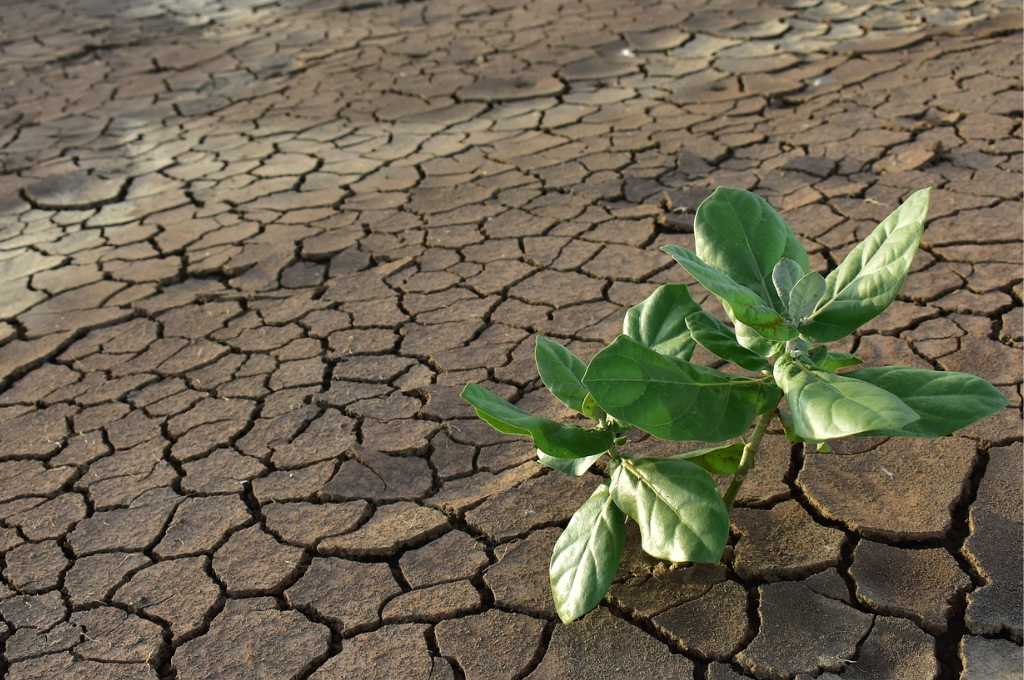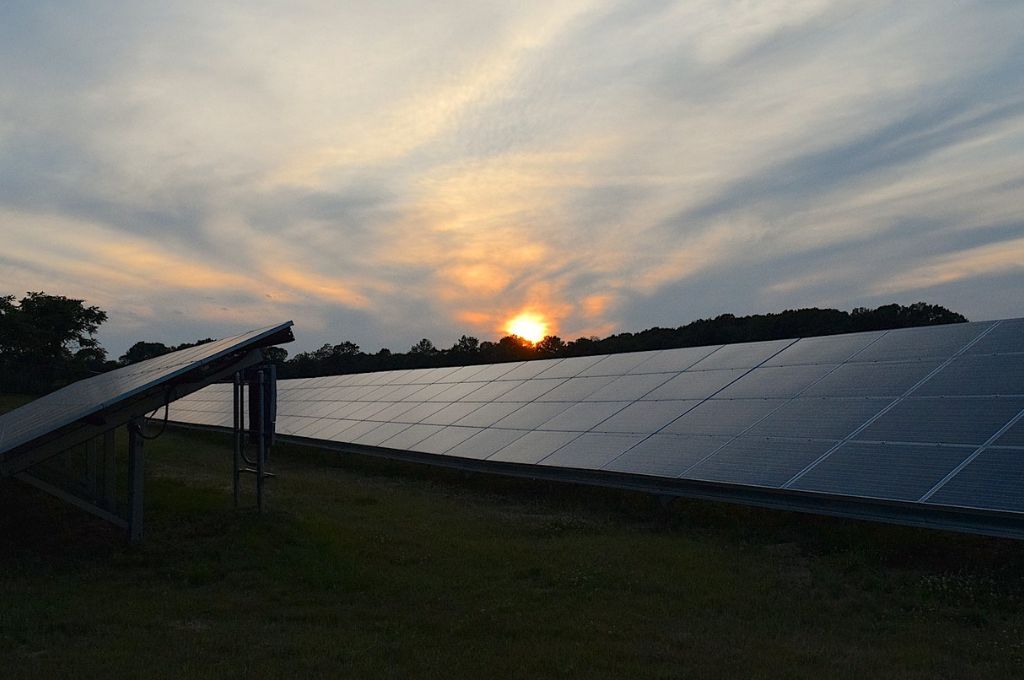When the National Clean Air Programme was launched in 2019, it set high ambitions and targets for some of India’s most polluted cities: To reduce air pollution concentrations, scale up air pollution monitoring and forecasting, and conduct pollution source apportionment studies. But five years later, not only are cities behind in meeting their targets, but also most measures to reduce air pollution have ignored major polluters responsible for causing toxic emissions, year round.
A new report by the Centre for Science and Environment (CSE) revealed that funds under the programme were overwhelmingly spent on actions amounting to dust management: paving roads, covering potholes, and deploying mechanical sweepers and water sprinklers. Less than one percent was spent on controlling toxic emissions from industry, and around 40% of funds out of Rs. 10,566.47 crores are unused.
“It means there’s no strong intent to deal with the problem,” said Jyoti Pande Lavakare, author of the book Breathing Here is Injurious to Your Health and co-founder of Care for Air, a non-profit that works on awareness about air pollution. “Spending money on mere mitigation via dust management and not actually reducing emissions at source by taking strict action against polluters who violate air pollution norms with impunity, means there’s no sincere effort to reduce pollution. The dust is back in the air within hours; a total waste of public money, just like smog towers,” she said.
The 131 cities currently covered by NCAP were selected as they did not meet national air quality standards consecutively for five-years between 2011-2015. Five years later, most cities have failed to meet the NCAP’s target of reducing air pollution concentrations by 20-30% compared to 2017 levels. In fact, most gains in reducing air pollution from 2014-2021 came from gusty winds and other meteorological factors, a recent study found.
Despite this, the programme has been extended till 2026, with a new target of reducing pollution concentrations by 40%. Outcomes will remain “sub-optimal” unless drastic changes are made to the programme’s design, the CSE report warns. “The NCAP’s implementation is complicated by multiple metrics and a system that incentivises reduction of coarser PM10 particles such as dust. The focus needs to be on the more harmful PM2.5 particles, and that means addressing emissions from industry transport, and other sources of combustion,” said Anumita Roychowdhary, author of the report and Executive Director of research and advocacy at CSE.
Industry and transport ignored
Each year, the Indo Gangetic Plain (IGP) is smothered by air pollution between October and January, when firecrackers are burst and stubble is burned in the backdrop of poor meteorological and geographical conditions. The result is a thick haze, heavy with PM2.5 particles which shoot up to over 400 micrograms per cubic metre over the region. Exposure to this air pollution is equal to losing nearly twelve years of life expectancy, studies say.
However, ambient air pollution levels remain high over the IGP regardless of seasonal spikes. The number of cities reporting hazardous levels of air pollution, which were not covered by the NCAP, are increasing, an analysis by the Centre for Research on Energy and Clean Air, released early this year, found.
Air pollution from transport makes up more than a quarter of India’s air pollution load.
Industrial activity, waste burning, and transportation continue to pollute the air, raising background pollution levels. “These are areas that need the heaviest lifting but if tackled intentionally, will be the most effective in reducing our air pollution footprint,” said Lavakare.
Air pollution from transport makes up more than a quarter of India’s air pollution load, yet only 13% of NCAP funds have been directed towards addressing these emissions, the CSE’s report shows. “Even where states have proposed advancement in on-road emissions monitoring…in their city action plans, this cannot proceed as the central rules have not been notified by the Ministry of Road Transport and Highways. There is also no strategy to phase out old heavy-duty vehicles that are significant contributors among the vehicle segments,” says the report.
The current BS-6 engine emission standards were revised in 2020 to reduce emissions of PM2.5 and other harmful pollutants on fuel combustion. But a recent study based in the National Capital Region revealed that BS-6-compliant vehicles emitted many times more than permissible limits. For three-wheelers, private cars, taxis, light goods vehicles and buses, nitrogen oxides (NOx) emissions were found to be respectively 3.2 times, 2 times, 4 times, 4.9 times, 14.2 times, and 1.5 times higher than type-approval limits. Over the last 10 years, emissions from transport have increased the most compared to other sources in Delhi.
“Electrifying vehicles, improving charging infrastructure, scrapping old vehicles and improving public and pedestrian infrastructure is key to reducing emissions from this sector, but cities are not reporting progress on these aspects,” said Roychowdhary, adding, “The NCAP needs to make a strong demand for the electrification of vehicles and accelerate existing EV schemes, but the NCAP in its current form is not doing that.”

Popular automakers operating in India have been reluctant to embrace electric vehicles. Maruti Suzuki reportedly pushed the government for longer-term support for internal combustion engine (ICE) vehicles, while Toyota and Honda lobbied for support for ICE-powered hybrid vehicles over battery electric vehicles. Mahindra and Tata Motors were the most supportive of scaling up battery electric vehicles, according to Influence Map, a global think-tank tracking lobbying trends and their alignment with climate goals.
Government support for the uptake of electric vehicles also has a key role to play in their adoption. Sales of electric vehicles dipped with the expiration of the second phase of the Faster Adoption and Manufacturing of Electric and Hybrid Vehicles in India (FAME-II) scheme. According to CSE, dedicated air pollution funds “needs to be linked with more priority measures” like FAME.
Emissions from industry, meanwhile, “remain largely business-as-usual, with minimal reporting,” the CSE report finds. Industries have benefited from lax enforcement of environmental norms. The deadline for thermal power plants to meet emission norms was pushed three times between 2017 and 2022, for example. According to the latest notification extending deadlines for compliance, thermal power plants within a 10-kilometre radius of critically polluted cities have till December 31, 2025 to meet emissions norms, while all other power plants have time till December 2026 to meet these norms.
Conflicting metrics of progress
Of the 131 “non-attainment” cities covered by the NCAP, 82 are funded by the Ministry of Environment, and 46 are funded by a grant under the 15th finance commission. The funding from the Ministry is disbursed through state pollution control boards, while funding from the finance commission is routed through state finance ministries and urban local bodies.
Funding for improving air quality under the NCAP is linked to performance in reducing PM10 levels, but the metrics of success differ for these two channels, making benchmarking a complex endeavour. The Central Pollution Control Board (CPCB) has a list of 258 metrics covering capacity building, air pollution source apportionment, monitoring networks, public outreach, and controls over road dust, waste, vehicles and industries. Cities must report their progress using these metrics every quarter, which is reflected on a dashboard called PRANA.
In addition to the CPCB’s list of metrics, cities funded by the 15th finance commission must also show progress in reducing particulate matter and increasing “good” days in the Air Quality Index. “There is no synchronisation or transparency across these different metrics,” said Sunil Dahiya, an analyst with the Centre for Research on Energy and Clean Air (CREA). “The PRANA portal only tells us what pollution levels were then and what they are now, but it doesn’t provide inventories of pollution sources, or detailed information about how cities have achieved reductions in air pollution.”
Differing metrics of success makes identifying best practices hard and comparing progress between two cities even harder.
In 2022, the Ministry initiated the Swachh Vayu Survekshan (SVS), a ranking system based on policy measures implemented across sectors to reduce air pollution. The CSE report found that cities performing well in the CPCB’s metrics of progress didn’t necessarily do well under the SVS. For example Agra, Delhi, Ghaziabad, Meerut and Jabalpur performed well under SVS in 2022 for implementing policies across eight sectors, such as waste burning and improving public awareness, but performed poorly in the CPCB’s metrics for reducing PM10 pollution.
Differing metrics of success makes identifying best practices hard and comparing progress between two cities even harder. “As part of the performance assessment, there is no system of estimating emissions reduction to correlate with the air quality gains,” the CSE report says.
Redesigning a broken programme
One of the reasons why emissions from industries fly under the NCAP’s radar is because of a simple problem: Industries tend to be located at the peripheries of cities, beyond the city and municipality boundaries included in the NCAP’s action plans. Experts in air pollution management have been urging authorities to shift to an airshed approach, where pollution is addressed over common geographic areas as opposed to political or administrative boundaries. “Shifting the focus away from dust control and towards PM2.5 will force the NCAP to cast a wider net in city plans,” said Roychowdhary.
The Commission for Air Quality Management in National Capital and Adjoining Areas (CAQM) is one of the few bodies that recognises and addresses the transboundary nature of air pollution, issuing directions across a region covering parts of Haryana, Uttar Pradesh, Rajasthan, and the National Capital of Delhi. The rest of the NCAP needs “a strong interface between city and state-level clean air action plans to meet both local and regional air quality targets,” says the CSE report.
The footsoldiers implementing the NCAP–state pollution control boards and urban local bodies–lack human resources and motivation. A survey by Climate Trends in collaboration with the Municipal Corporation of Delhi found that most workers did not have an awareness about the NCAP programme, did not feel empowered to take action, and lacked motivation in their jobs.
Only about 6.24% of NCAP funds spent went towards building capacity in these departments. According to Dahiya, the NCAP in its current form is roomy enough to let powerful polluters continue business-as-usual. “Regulators are rewarding industry for not complying with emission norms by giving them extended deadlines for action,” he said, adding, “At the ground level, NCAP is like an extra burden for staff. There’s not enough manpower and existing staff haven’t been trained to implement and enforce these measures.”
In order to effectively reduce harmful air pollution, the programme needs to incentivise reductions of PM2.5 levels, and focus on controlling the sources of these emissions, said Roychowdhary. Doing this could mean an overhaul of the programme as it exists–setting scientific targets based on emission loads that can be tracked to the source, improving transparency in the reporting of metrics, aligning various metrics to standardise progress, and ensuring proper enforcement of environmental laws and norms without delay.
“We would like the program to now have a more multi-pollutant approach, looking at PM2.5, nitrogen oxides, ozone, and taking a basket of pollutants to track improvements in air quality, not just dust levels in the air. That is the most important reform that is needed in this program today to be able to drive action,” said Roychowdhary.
This article was originally published on Mongabay India.





